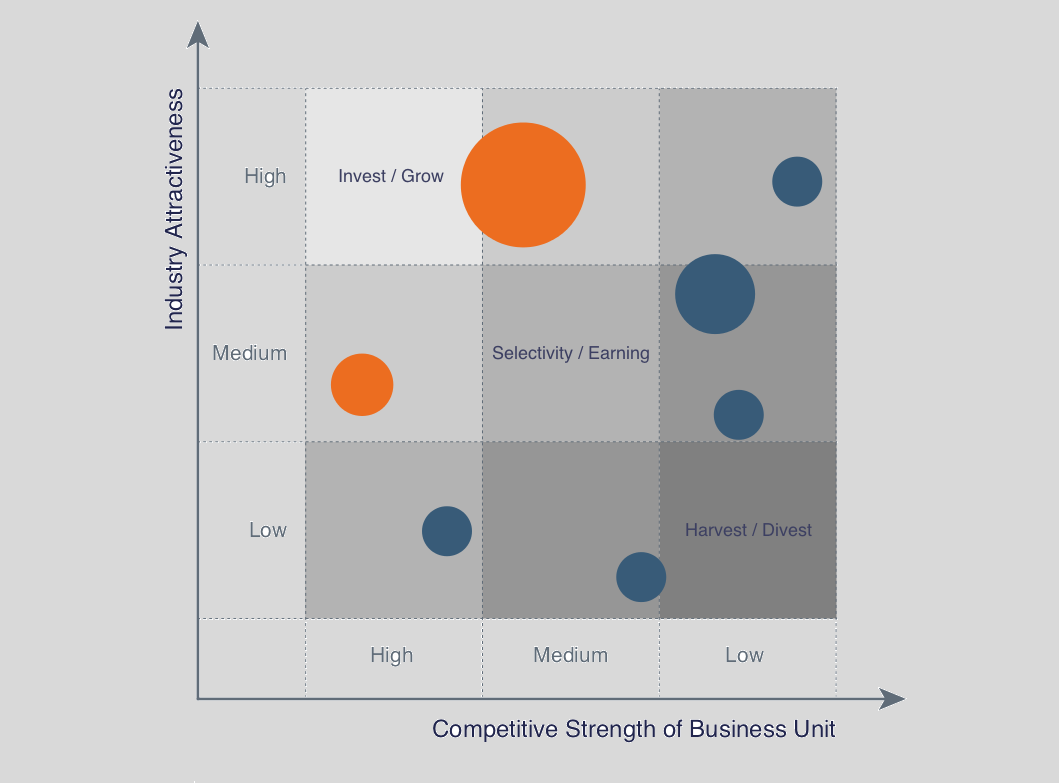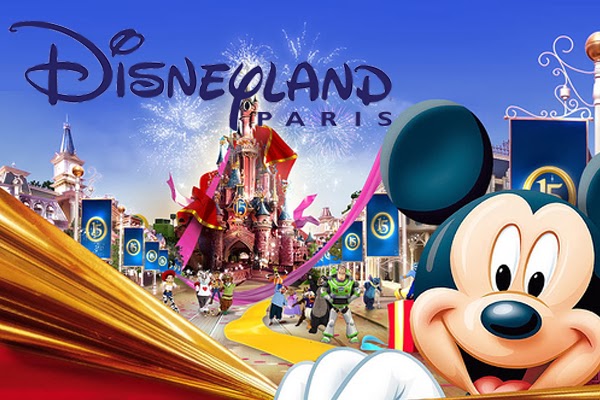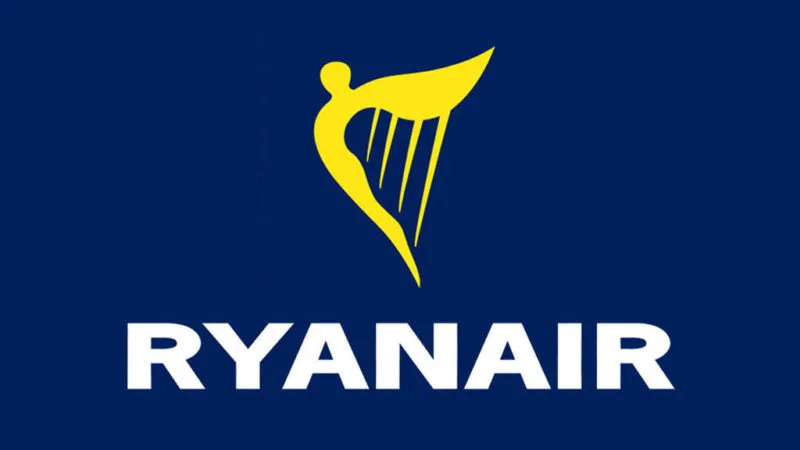Market Activated Corporate Strategy (MACS) Framework was developed in the late 1980s. But it wasn’t developed at once. There were several predecessors to this framework. Once of the first can be the BCG Growth-Share Matrix. This matrix represents the market growth rate and the relative market share, and according to the level, the business units were divided into 4 categories. It was used very often before, but over the time more comprehensive tools were designed, to eliminate the weaknesses of BCG Matrix, like the fact that is takes into consideration only two factors, avoiding many many others that have a huge impact on profitability. BCG Matrix also assumes the independence of each business unit, therefore it leads to underestimation ofContinue reading
Business Strategies
Reasons for Mergers
In general, a merger can be defined as the integration of an acquired company into the existing, acquiring company. In terms of finance, an acquiring company purchases the majority of shares from the acquired company, thus merging both assets into one expanding share. A merger tends to be a permanent arrangement and usually the company who acquires the shares retains its namesake. The International Competition Network identifies three major types of merger transactions: Share Acquisitions, Asset Acquisitions, and Joint Ventures. A share acquisition is defined by obtaining a controlling equity interest in the target such that it can exercise ‘decisive influence’ over the target’s business operations. On the other hand, an asset acquisition is defined as a “buyout strategy” inContinue reading
Case Study: Business Strategy of Sony Corporation
Founded on May 7, 1946 in Tokyo, Japan, one of the most successful technological corporations in the world: Sony was created under the two legendary men: the physicist Masaru Ibuka and the physicist Akio Morita (Sony, 2013). They made the decision to set up a company repairing and producing electrical equipment and established Sony under the name under the name Tokyo Tsushin Kogyo K.K. which is Tokyo Telecommunications Engineering Corporation, known as Totsuko. At that time, Totsuko was just a small company with capital of 190,000¥ (~ 2000 $) and around 20 employees compare to giant corporations in Japan such as Toshiba, Hitachi, Sharp, Matsushita with tremendous capital, facilities and labour capacity. Although in 1946 Japan was just recovered fromContinue reading
Case Study: Euro Disney Failure – Failed Americanism?
Many of Businesses in America make detailed assumptions about the potential of expand their business to other countries and structural models of organizing which can be easily failed to consider the cultural differences. One of the examples of the outcome to intercultural business is Disney Corporation’s European venture. Due to lack of cultural information of France as well as Europe, further on their inability to forecast problems, Disney acquired a huge debt. False assumptions led to a great loss of time, money and even reputation for corporation itself. Instead of analyzing and learning from its potential visitors, Disney chose to make assumptions about the preference of Europeans, which turned out that most of those assumptions were wrong. Euro Disney DisasterContinue reading
Case Study: Ryanair Business Strategy Analysis
Ryanair is an Irish low cost airline headquartered in Dublin founded in 1985. It operates 181 aircrafts over 729 routes across Europe and North Africa from 31 bases. Ryanair has seen large success over the recent years due to its low-cost business model and has become the world’s largest airline in terms of international passenger numbers. Taking Porter’s generic business strategies into consideration, Ryanair operates a cost-leadership strategy to drive itself into achieving its mission of being the leading European low-cost carrier (LCC). Throughout this essay the business strategy of Ryanair will be analysed and the sustainability of their model evaluated. Ryanair’s objective is to firmly establish itself as Europe’s leading low-fares scheduled passenger airline through continued improvements and expandedContinue reading
The Role of HRM in Developing Organizational Strategy
Human Resource Management (HRM) business strategy emphasizes the importance of individual relationships against collective relations between managers or managers and workers. Human Resource Management (HRM) refers to an activity that depends less on hierarchies, orders and mandates, and stresses the importance of active participation of all employees of the company. The aim is to foster a cooperative relationship between management and workers to prevent frequent clashes resulting from a traditional hierarchical relationship. When HRM is working properly, employees are committed to long-term goals of the organization, allowing it to adapt better to changes in markets. Human Resource Management (HRM) involves taking a range of measures which include: the commitment of employees with corporate objectives, the payment of wages according toContinue reading


